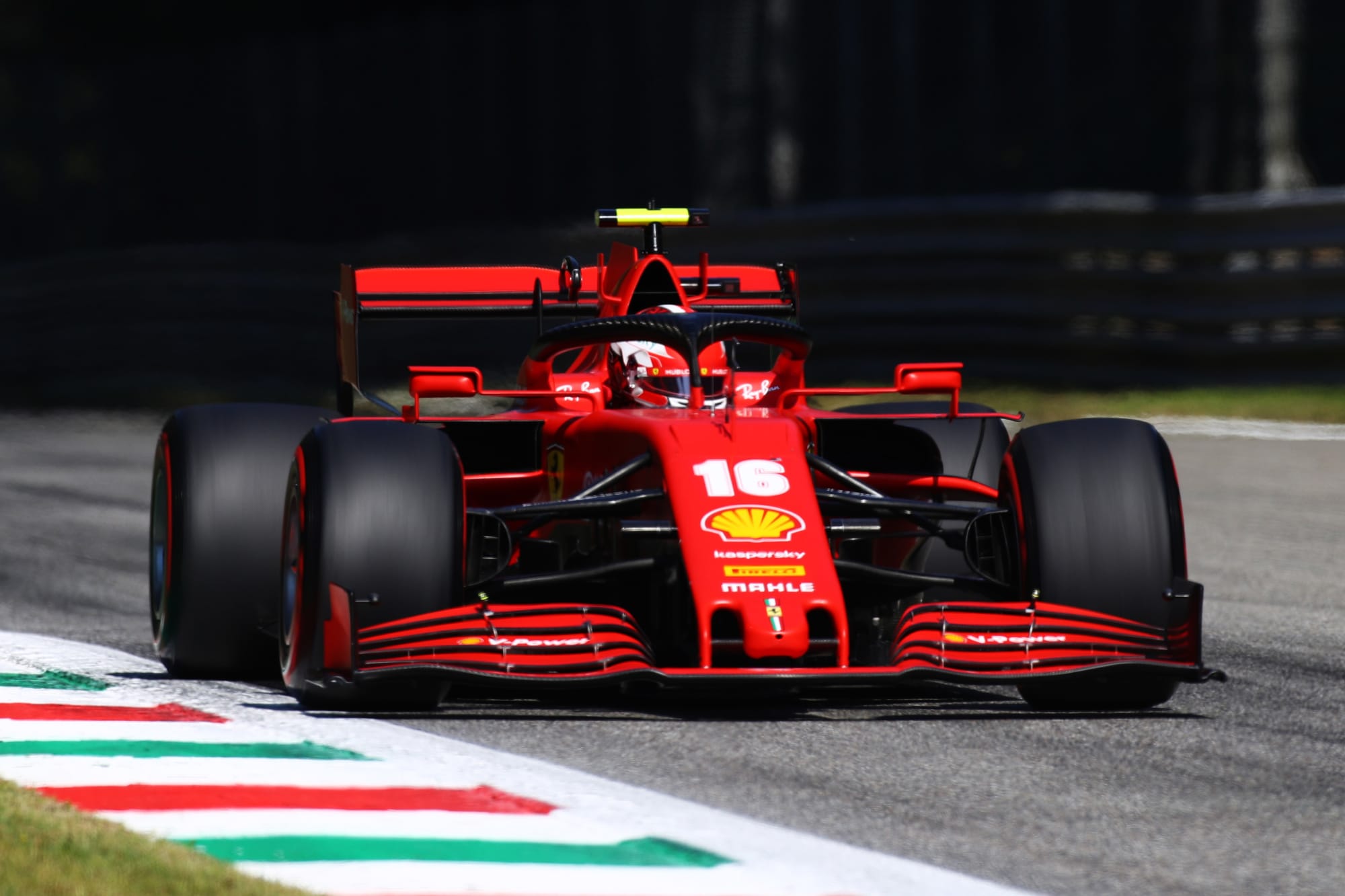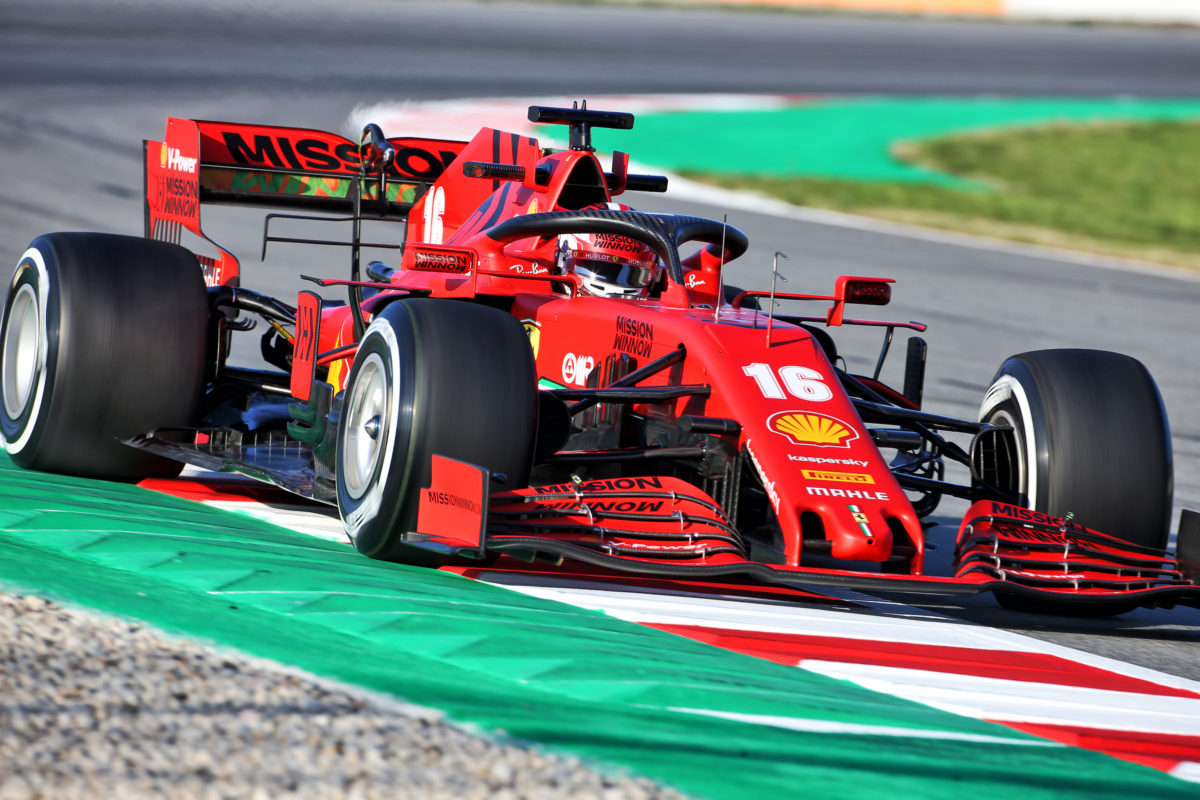


The sidepod concept was first seen on the 2017 SF70H, which uses very high side openings for coolers and high-mounted lateral safety structures moved as far back as possible to clear the path to the air flow in the lower side of the sidepods. There are also two horizontal curved boomerang wings (green) that Ferrari used from the Hungarian GP last year, which have become a common trend in this area of the F1 car (not used by only Renault last year), helping to shape turbulent air flow from rotating front wheels and send it towards the radiator openings and around the sidepods. On the upper side of the chassis is the already common outlet of the S-duct system (blue) whose entry channel is below the ‘Shell’ sign on the upper side of the nose – the S-duct system will help the air flow better over the nose.īehind the front suspension there are also high vertical vanes very close to the chassis (purple), which may be of this height due to the creative use of the rules – if the chassis is designed to be a little narrower than the maximum width, then tall vanes may be placed there that don’t have to be as low as the ones behind them. Their purpose is to take the air coming from under the nose and from the central, 500 mm wide neutral section of the front wing, shape it and send it towards the bottom of the sidepods, where it will be further directed by the complex aerodynamic structures in that area.

The new SF1000 retains the usual push rod front suspension which Ferrari re-introduced in 2016 with double wishbone setup and in front of the front suspension and under the chassis are seven curved vertical elements (red) that we saw in various forms last season. The front wing endplates are also from the second part of 2019 and have two smaller vanes (white) to better direct the air around the rotating front wheels.įront suspension and area behind the front wheels Like last year, the maximum number of front wing elements is five, and the Ferrari’s front wing reaches a maximum height of about halfway between its edge and nose, compensating for the lack of downforce at the wing edges. The front wing is also last year and follows the concept that the focus is on directing a portion of the air current to the outside of the front wheels as opposed to reaching the maximum downforce and sending the air over the front wheels, so that the edge sections of the front wing are lower to allow more air to flow to the outside of the front wheels. It was this aerodynamic package that transformed the behavior of the SF90 in corners, especially the front end which lacked grip at the corner entry, so it is not surprising that the new SF1000, at least for the time being, has retained that development concept. The nose has not changed significantly on the Ferrari since 2016, and the nose on the newly introduced SF1000 is a continuation of last year’s Ferrari trend introduced at the Singapore GP when the nose was given a cap (highlighted in yellow) extending on either side of the center fingertip extension. That’s why the new SF1000 was designed to remedy these weaknesses, with conscious sacrifice of straightline speed that was the strongest characteristic of the SF90, but the new car should be more competitive on a wider range of tracks and track conditions. The new SF1000 is a detailed evolution of its predecessor, the SF90, which lacked downforce on most tracks compared to Mercedes and Red Bull, and drivers struggled to get the most out of Pirelli’s tyres, especially in the first part of the season. Ferrari first unveiled its new SF1000 at an event at the Italian Romolo Valli Municipal Theater and announced the fight for the title of the F1 2020 season – can Ferrari finally be the winner they have been waiting and dethrone the mighty Mercedes?


 0 kommentar(er)
0 kommentar(er)
